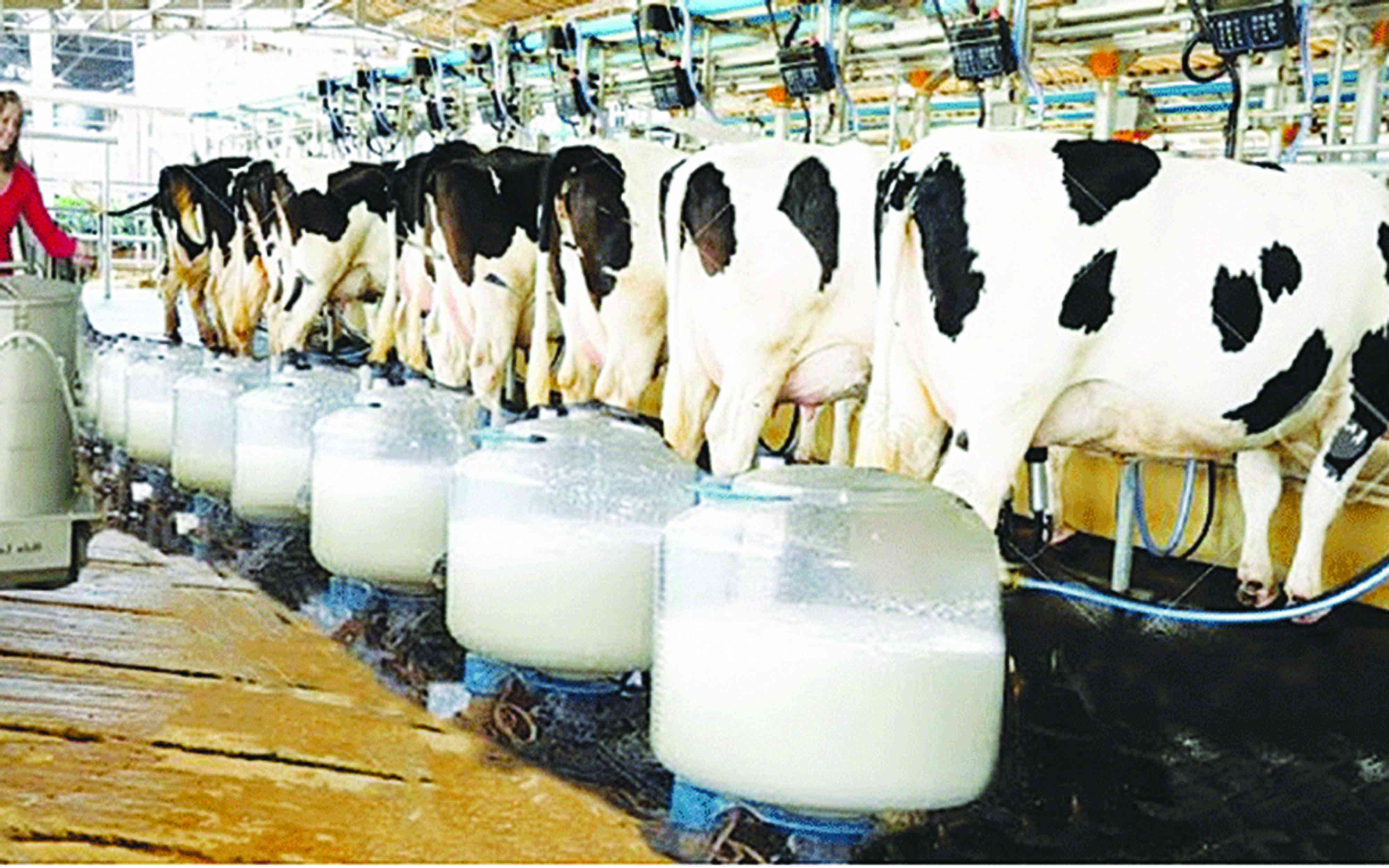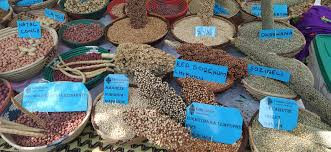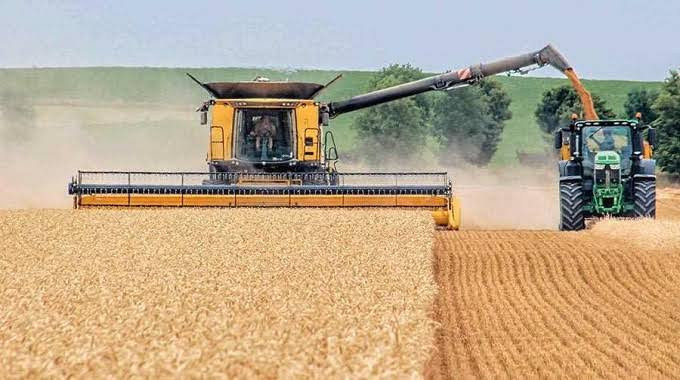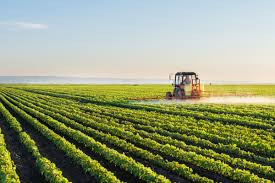
THE Zimbabwe Association of Dairy Farmers (ZADF) is implementing advanced breeding technologies, including artificial insemination and modern pregnancy diagnosis equipment, to boost dairy herd growth and productivity.
This comes as Zimbabwe’s dairy industry has faced numerous challenges over the years, including high production costs, erratic weather patterns, outdated infrastructure and competition from imported products.
Hence, dairy farmers have recently begun efforts to modernise farming practices and improve genetics as part of a broader strategy to make the industry more competitive regionally.
In an interview with NewsDay Farming, ZADF national chairperson Edward Warambwa said those advancements were critical to modernising dairy farming in Zimbabwe.
“There is an ongoing adoption of breeding technologies, which include artificial insemination programmes,” he said.
“We are committed to ensuring that breeding technologies are widely adopted across dairy farms.
“Work and research are ongoing to introduce semen harvesting technology and increase the use of advanced pregnancy diagnosis tools.”
The association, in collaboration with development partners, the government and private sector stakeholders, has introduced a breeding strategy designed to support independent breeders and improve dairy genetics.
- ZADF calls for more dairy farmers.
- Raw milk supplies hit 83m litres: Govt
- Dairy industry under threat
- Dairy farmers project growth in milk production
Keep Reading
The strategy also focuses on encouraging entrants into the industry and facilitating the continued importation of heifers to expand the national herd.
The association is also exploring the use of robotic milking systems to boost efficiency in the sector.
“Research is underway on the use of robotic milking systems to improve efficiency in milking, quality testing and grading,” Warambwa said.
To address the ongoing impacts of climate change, ZADF is also promoting climate-smart management systems.
These include irrigation development, water harvesting, climate-smart breeding and herd management practices.
Additionally, the association is advocating for the use of resilient animal breeds and advanced feeding plans tailored to the changing weather conditions.
“Modification of management systems to suit new climatic conditions is critical to ensuring consistent production,” Warambwa said.
“These interventions will help farmers to mitigate the adverse effects of climate change.”
He added that the success of these initiatives hinged on increased government support.
“Government needs to promote and support investment in alternative energy solutions like solar grid systems and biogas by offering tax incentives and availing funding for such projects.
“Tax incentives should also be extended to irrigation systems, farm road improvements and mechanisation,” Warambwa said.
ZADF is also calling for affordable medium- to long-term funding to support key investments, including breeding centres, milk collection infrastructure, fencing, dip tank rehabilitation and on-farm feed formulation equipment.
“Continued government support is essential for breeding programmes to improve genetics and grow the national herd. This includes access to hybrid semen and vaccines and ensuring that input support programmes benefit all classes of dairy farmers,” Warambwa said.
“Investments in breeding, infrastructure and climate resilience will ensure the sector remains competitive and sustainable.”
The adoption of these technologies, coupled with strategic government and industry collaboration, is expected to drive significant growth and resilience in the sector as it strives to meet its 2025 goals.











